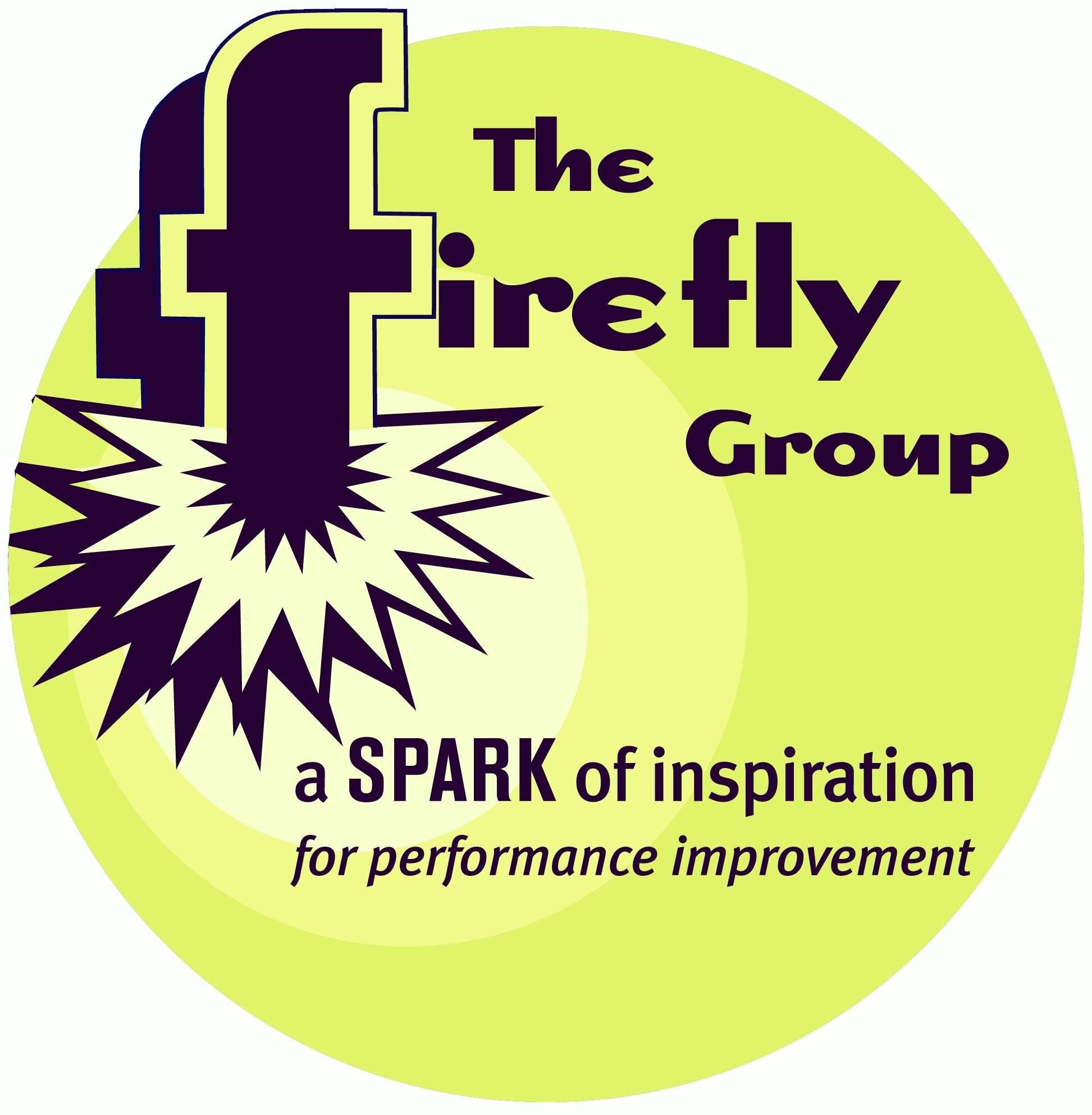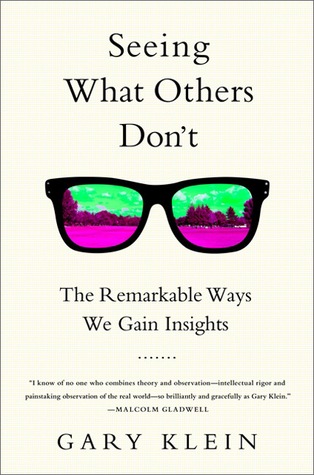

What's New

Words of Wisdom
52
cards and 15 activities to spark conversations and make sense of learning.
Learn more HERE.
What We Do
The Firefly Group helps people make sense of what they learn and experience.
Whether facilitating a group for better decision-making, keynoting a conference, leading a training, or writing an instructional design, we use novel methods that engage, spark creativity, and produce memorable results.
 If
this sounds like a good direction for your organization, let's talk about
how we might collaborate! Please give me a call (802.257.7247) or send an
. - Brian
If
this sounds like a good direction for your organization, let's talk about
how we might collaborate! Please give me a call (802.257.7247) or send an
. - Brian
 Your ETR (Estimated Time to Read): 10 minutes Your ETII (Estimated Time to Implement Ideas): 5 weeks |
The best learning event of the year for trainers, facilitators, and instructional designers!
North American Simulation and
Gaming Association Conference
Meet
me at Gamification Buzz
Seattle,
Washington
October 21-24, 2015
August 2015
|
Say
It Quick |
Discoveries bits of serendipity to inspire and motivate |
Ideas fuel for your own continuous learning |
Activities tips and tricks you can try today |
| Change Recipe | Seeing What Others Don't | Insights from Your GURU |
How do we gain insights? Though it may seem like luck, it's not as mysterious as you may think. Learn more beginning with this story in just 99 words.
Change Recipe
At cousin Donna's Thanksgiving dinner the butter is homemade. Here's the recipe: fill a jelly jar three quarters with cream then shake, jiggle, vibrate, wobble, agitate. Keep the jar moving. Repeat. Repeat again. By now, your arms are tired, nothing has happened, and you are ready to give up. Many people do.But with persistence, a moment comes when you feel a "thunk" and a lump of fresh butter magically replaces the liquid in your jar. Just like that!
To produce change, stick to it. What seems like ineffective agitation can suddenly produce the result you wanted.
 Seeing
What Others Don't
Seeing
What Others Don't
by Gary Klein
We often think of an insight as something that happens without our control, like making butter from cream. With a flurry of ill-defined agitation, a lot of patience, and something indescribable (luck, perhaps), a brilliant idea drops into our lap. As much as we might like to increase our capacity for deep understanding, the how of insights seems illusive.
Gary Klein brings clarity to this search for insights in his book Seeing What Others Don't: The Remarkable Ways We Gain Insights. Though he does not guarantee that we can increase the quantity of our insights, he does describe three distinct paths to achieve an insight and the conditions which are most likely to improve our chances for a brilliant idea.
For Klein, an insight is "an unexpected shift to a better story." Insights come without warning and as a whole concept with a feeling of certainty. Significantly, an insight changes our beliefs by changing the way we understand our situation. They change how we see, feel, and act. As a result, our desires and goals are different.
Previous study of insights has been grounded in the work of Graham Wallis who identified four stages of insights: preparation, incubation, illumination, and verification. While Klein admits that these stages may describe some insights, he finds the model incomplete. For example, extensive preparation plus a time of incubation does not always result in the desired illumination. In addition, Wallis' model does not account for other types of insight such as those that result from a chance juxtaposition of ideas or situations.
Klein studied 120 examples of people who gained insights to determine what an insight is and the conditions that might spark it. From his research, Klein offers a Triple Path Model for achieving insights.
The Creative Desperation Path aligns with what we usually think of as an insight: a sudden, novel idea that solves a problem through divergent thinking. But with the Contradiction Path and the Connection Path, Klein teaches us to value alternative types of insights. Some result from a slow, simmering hunch that is pursued with the determination of a detective. Some are derived when we encounter information from an unusual field that sheds new light on a problem. Still others are generated by a combination of two of the Paths.
Besides this clarity about what an insight is and the various paths to achieve one, Klein's book describes why organizations are not the best place to foster insights and he provides suggestions for increasing insights in oneself and others.
Many organizations say they value insights that lead to innovation. Yet, by their nature, organizations strive for stability and predictability. They create policies, systems, and hierarchies that maintain the status quo. If insights lead to changes in how we understand, act, see, feel, and desire, this presents a challenge for organizational life.
On an individual
level, Klein asked a basic question. Why is it that two people with the same
information and expertise do not both come up with the same insights? Drawing
examples from several fields but especially research science, Klein identified
four characteristics that primed some individuals for insight while leaving
others floundering. Those most likely to gain an insight were able to escape
a fixation on flawed beliefs, had sufficient experience, took an active stance
to problem-solving; and engaged in playful rather than concrete reasoning.

Seeing What Others Don't offers a fresh perspective on the basis for brilliant ideas. It sharpens our understanding of what an insight is while expanding the ways we might gain new perceptions. And while it doesn't guarantee instantaneous success, at least it demystifies the process.
For
more information:
Seeing
What Others Don't: The Remarkable Ways We Gain Insights, Gary Klein, Public
Affairs, New York, 2013, ISBN 978-1-61039-382-9
Spark Your
Own Insights
Insights are at the heart of what The Firefly Group is all about. As
a trainer, facilitator, and instructional designer, I focus on creating an
environment where people can gain insights and apply them to their work or
personal lives.
Gary Klein devotes a chapter of his book Seeing What Others Don't to helping others gain insights. For case examples, Klein uses both teachers and therapists since both types of professionals have the goal of helping people change their thinking and, ultimately, their actions. To create an environment for learning, Klein's first step is to diagnose the flaw in the other person's thinking. Then, rather than bluntly telling the person that they are wrong and why, it's important to help them discover the faulty aspects of their thinking on their own. Skillful teachers and therapists ask probing questions to further understand the person's thinking, they offer alternative explanations and information, then they challenge the person to try something different than what they would ordinarily do.
By highlighting a contradiction, the teacher or therapist challenges the person to square it with their old way of thinking. In the process, an insight occurs, new beliefs are formulated, and new actions result.
In my own work, I use this same process to promote insights during meetings and training workshops. I usually begin with a quick activity that has a surprise twist or that defies conventional thinking. I ask probing questions to tease out the group's assumptions and current level of expertise. I invite them to work in small groups to cross-pollinate their thinking with the experience of other peer professionals. I share appropriate theory and unconventional perspectives as alternatives to popular thinking. And I challenge people to synthesize what they have learned into an action plan for the future.
Participants find this learning environment both engaging and empowering. Through their own discovery, they challenge their staid thinking and incorporate new ideas in an "aha" moment. Like the quick, brilliant flash of a firefly, they spark their own insights.
 Insights
from Your GURU
Insights
from Your GURU
Regular readers of the Firefly New Flash will know that each issue begins
with a story of exactly 99 words. These stories are used as a lens to view
the remainder of the newsletter. But, for me, 99-Word Stories have also been
a way to tease insights out of quotidian encounters that I would ordinarily
take for granted.
You can begin to discover insights among your everyday activities too. I use a process that I call GURU which dovetails nicely with Klein's suggestions for increasing insights.
GURU stands for Ground, Understand, Revise, and Use. It's a process for analyzing a situation and your own thinking about it. GURU gives you a chance to slow down and unpack the facts, feelings, and assumptions then reassemble them with new ideas into a plan for action.
Here's an explanation of how I used GURU to gain an insight from Thanksgiving preparations as described in today's 99-Word Story.
Ground
In this first stage, get a handle on what has happened. Clearly identify the facts, what you feel, and what you think. Klein would tell you to look for flawed belief patterns or identify coincidences. In the 99-Word Story, I was exhausted and bored from shaking a jar of cream. My flawed belief was that the activity was pointless. Yet, there was a tipping point when the liquid coagulated into butter.Understand
In this stage, try to apprehend the significance of what has happened. Follow one of Klein's insight paths by recognizing connections, looking for inconsistencies, or pursuing a curiosity. To come up with my insight, I noticed the similarity between "useless" shaking and the seemingly pointless agitation we create either by avoiding or advocating change. When the change happens, the back stage drama seems to have been necessary after all.Revise
This stage is focused on what to do next. What new action should result? In Klein's process, try to resolve the inconsistencies between the old patterns of thinking and the new information or more relevant theory. Embrace a new belief pattern. For my cream-to-butter story, my old way of thinking was to groan about unnecessary activity that got in the way of change. My new story was that we don't know what specific action will bring about the desired change so all actions, however insignificant or useless on the surface, do actually play an important role in the long run.Use
This final stage of GURU is where we make a conscious plan to do something different in the future; to use the insight. At this point, Klein would have us incorporate the new belief pattern into everyday activities. I've done this in my example by reminding myself about butter making every time I am frustrated by a slow rate of change. I have shared the story with others to help them gain a similar insight. And I have modified my interpretation and understanding of the incident as a way to talk about the formation of insights in this newsletter.
You can call upon your personal GURU for insights by experimenting with any ordinary incident. Once you become familiar with GURU, you may find yourself sharing the process with colleagues and teammates.
And of course, when you do, please !
|
Whether you need a keynote speaker, or help with strategic planning, performance improvement, or training facilitators and trainers in your organization, I look forward to your call (802.257.7247) or . -- Brian |
Read previous
issues. Click Library!
To add or delete your name to our mailing list, email
with a short note in the subject line.
I want this newsletter to be practical, succinct, and thoughtful. If you have suggestions about how I can meet these criteria, please let me know! Send me an with your thoughts and ideas.
Home
| Services | Products
| Mission | Ideas
| The Group | The
Buzz
(c)
2015 The Firefly Group